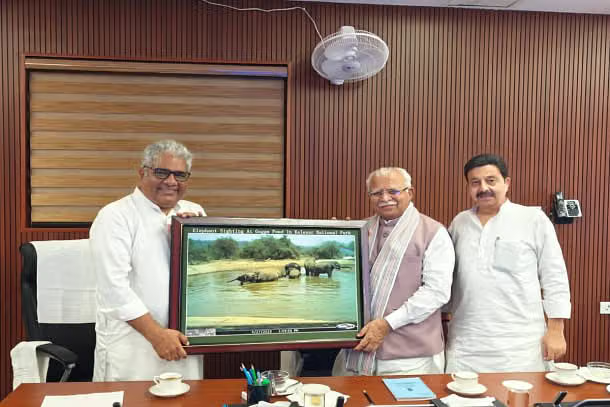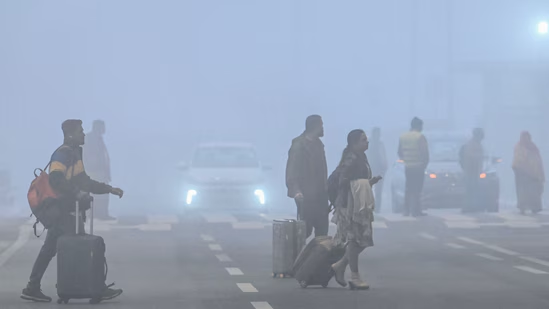When the bulldozers roar for nature instead of against it — Haryana’s 2,500-acre Aravalli Jungle Safari Project promises a green revolution. But at what cost, and with what gain?

The Beginning of a Green Gamble
On paper, the plan sounds smart and hopeful. ample of tourism, tree planting, and local job creation. But as work begins, many are asking—will this really help nature, or will it only look good?
A New Path for Haryana’s Tourism Story
What’s more, the project could really help the local economy:
- It will create jobs for people as guides, hotel workers, nature trainers, and local artists.
- New eco-hotels, village markets, and walking paths can be run by the communities themselves.
For a state that earned just ₹1,500 crore from tourism last year, this plan could bring in a new income source — one that depends on trees, not traffic.
Between Roars and Realities
Still, nature experts are being careful with their praise, and for good reason. Turning 2,500 acres into a real, working forest is not easy. It needs smart planning, patience, and care.
This isn’t just about planting trees or putting up fences. It’s about creating a space where animals feel safe, where life in the forest happens naturally, and where visitors don’t end up harming the same nature they came to enjoy.
Voices from the Foothills
People living in nearby villages have different opinions. Some are excited about the jobs and the better roads it may bring. In places like Nuh and Mewat, problems like poor water supply, weak power, and not enough doctors are still common.
If the state can build a jungle from nothing, couldn’t it have first built good hospitals, schools, and roads for its people?
A 2023 government report said that over 6,000 doctor positions in public hospitals are still empty. So spending ₹1,000+ crore on a jungle safari — without also helping these areas — feels like something is missing.
Who Stands to Lose the Most from This Project?
The ones who might face the biggest impact are:
- Local forest-dwelling communities and marginal farmers who depend on the surrounding land for grazing, fuelwood, and small-scale farming.
- Independent furniture sellers and roadside vendors, especially if commercial zones spring up around the safari route, could be pushed out in favor of planned corporate setups.
So, while this safari may look like a green project, it’s important to ask who pays the price for that greenery — and whether they were even part of the conversation.
A Second Chance for a Fragile Range
That said, trying to fix the Aravallis is still important. These hills are old—over 1.5 billion years—and they’ve helped protect Delhi NCR from desert winds and hot air for a long time. With cities growing and mining damaging the land, these hills were in danger. This safari project, if done with care, might be their second life.But this balance is easy to break.
What We Miss When We Think Big
Maybe the bigger issue is not the safari itself, but what we forget while building it. This part of Haryana also has poor education levels. Many children, especially girls, leave school before finishing 8th grade. What if we used this big project to also start wildlife learning centers, museums, or science parks that help young people learn about nature and grow up with awareness?
The jungle safari is a bold idea for tourism. But could we also dream of a bold plan for society — one where people understand and care for such a forest?
From Cabinet Table to State Strategy
From a political view, the Haryana government has a lot to gain. This project fits well with India’s larger plans for nature, forests, and tourism. It also gives the state a new identity — not just as a land of factories, but of forests.
It could attract national funding, international praise, and attention from investors and planners. The jungle, if it works, becomes a symbol that the government cares not just about votes, but about the planet too.
Final Thoughts: The Forest of Intention
This blog isn’t here to say the idea is bad—it’s asking for depth. A forest should not grow taller than the needs of those who live aro
FOR MORE BLOGS – beyondthepunchlines.com

 Add to favorites
Add to favorites







